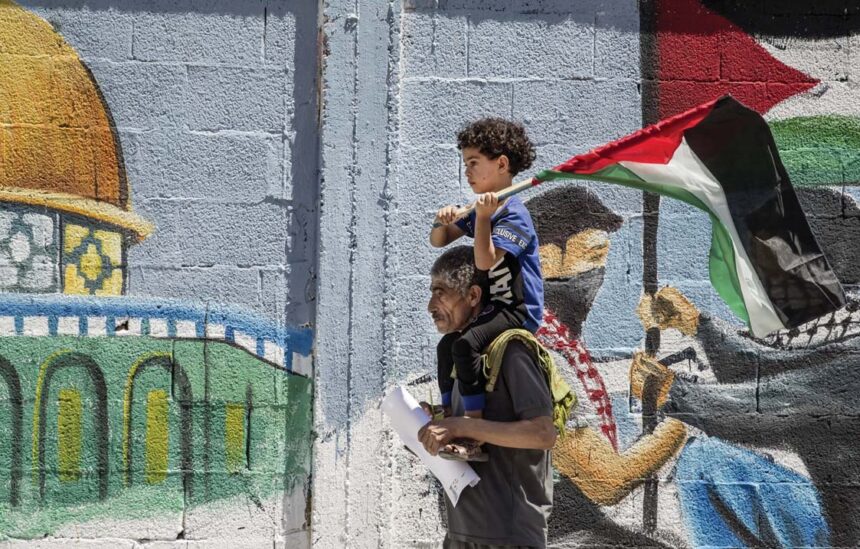In the 16th century, Palestine, situated at the crossroads of the Middle East, became a part of the vast Ottoman Empire. It was divided into six administrative regions, one of them being the district of Gaza, which stretched from Jaffa in the north (now within Israel) to Rafah in the south, adjacent to Egypt’s border. This structure persisted for over four centuries under Ottoman rule.

By the 19th century, Jewish immigrants began arriving in Palestine, primarily seeking sanctuary from European persecution. As World War I approached its conclusion in 1917, the British captured Palestine from the weakening Ottoman Empire. The same year, the British Balfour Declaration supported a “national home for the Jewish people” in Palestine. Consequently, modern-day Israel, the West Bank, and Gaza came under British mandate after the war. This period witnessed significant Jewish immigration, which, combined with longstanding Arab residency, set the stage for heightened Arab-Jewish tensions, culminating in violent confrontations in the 1930s.



After World War II and with a significant Jewish presence established, Britain withdrew from Palestine, referring the matter to the United Nations. The UN put forth a partition plan: separate Jewish and Arab states, with Jerusalem under international administration. While this was accepted by Jewish leaders, it was rejected by the Arab leadership. 1948, as the British mandate ended, the State of Israel was proclaimed. The declaration of Israel sparked a war, pulling five Arab countries into the fray. When peace was restored, territories had new boundaries: Egypt governed the Gaza Strip, and Jordan oversaw the West Bank. Beyond territorial shifts, the war led to the displacement of around 700,000 Palestinians. Many sought shelter in Gaza, drastically changing its demographic makeup quickly.
The subsequent decades saw shifting control over the territories. In 1967, following another war, Israel took control of both Gaza and the West Bank. The latter half of the 20th century saw the emergence of various Palestinian factions, each with distinct visions, from the secular PLO to Islamist groups like Hamas.
Palestinian resistance to Israeli governance led to two significant uprisings or intifadas. The peace process, marked by events like the 1993 Oslo Accords, aimed to navigate a path toward Palestinian statehood. However, its execution was met with numerous challenges, leading to continued unrest, notably with Hamas playing a significant role in the subsequent upheavals.



In the early 21st century, Israel disengaged from Gaza in 2005, though this was not universally seen as a gesture of peace. Following a 2006 election, Hamas emerged dominant in Gaza, leading to internal Palestinian political divisions. Given Israel’s classification of Hamas as a terrorist organization, the subsequent blockade around Gaza has led to profound economic and humanitarian consequences. Referred to as the world’s “largest open prision,” it grapples with skyrocketing unemployment and infrastructural challenges with the populace caught in political agendas.
Today, with its immense population density, the Gaza Strip remains at the heart of the Israel-Palestine discourse. The audacious ground incursion by Hamas on October 7 marks a deviation from the norm, challenging Israel’s longstanding security paradigms and thrusting the Israel-Palestine conflict back into the global limelight. As Israel retaliates, the cyclical nature of this decades-long strife reaffirms the need for a sustainable solution.
The history of the Gaza Strip offers a window into the intricate dynamics of Middle Eastern geopolitics. Recognizing the aspirations and concerns of all parties is essential for a resolution that promotes human rights, security, and peace for both Israelis and Palestinians.



